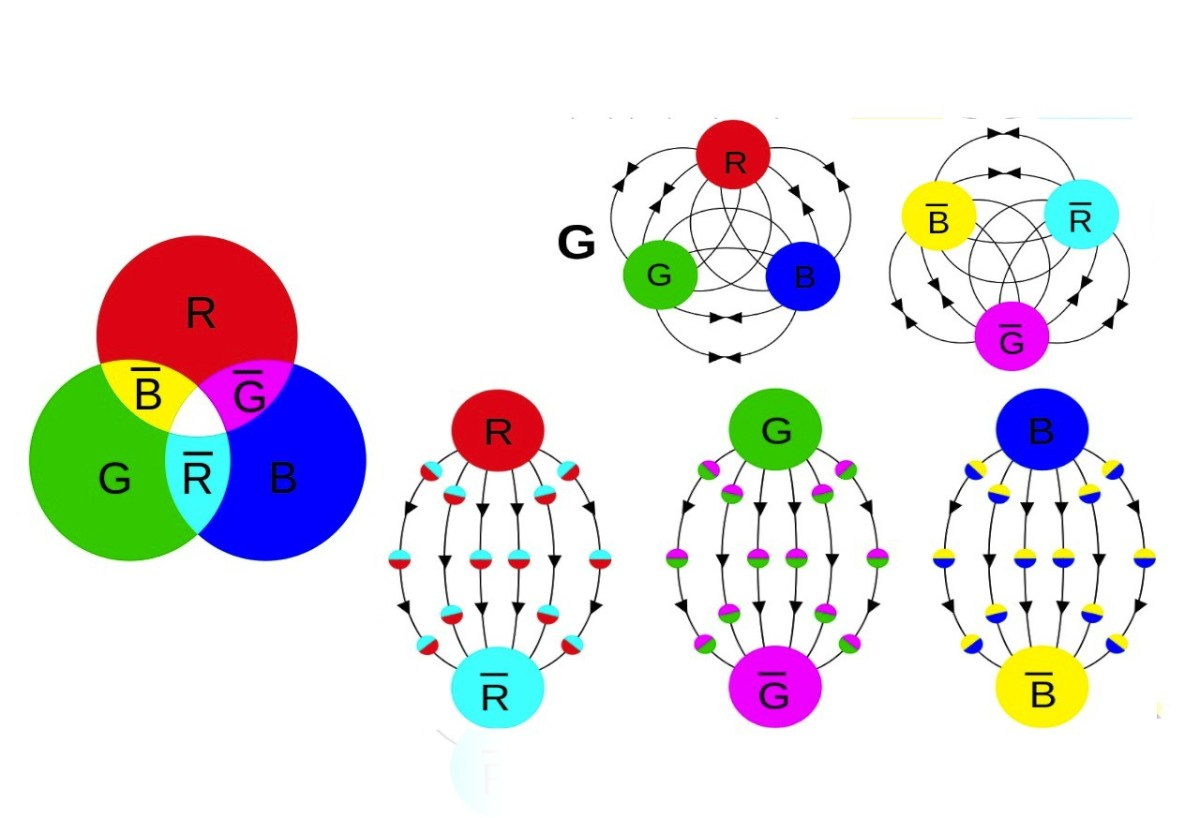
Axions: Confirming Dark Matter Through Quasiparticle Research
Axions, hypothetical particles proposed to account for dark matter, have become a focal point in the quest to understand the universe’s fundamental structure. These elusive particles could unlock answers to critical questions surrounding particle physics and cosmology, especially regarding the mysterious nature of dark matter that makes up a significant part of the cosmos. Recent groundbreaking experiments led by researchers at Harvard and King’s College London have made substantial advances in confirming the existence of axions through the creation and study of axion quasiparticles. By utilizing advanced quantum materials and sophisticated laser techniques, scientists are beginning to glimpse the properties of these particles, which could drastically reshape our understanding of the universe. With the theoretical framework now being explored through tangible experiments, axions may soon offer a window into the dark matter that permeates our cosmos.
In the realm of material science and high-energy physics, axions are being explored as potential solutions to long-standing mysteries, particularly concerning dark matter. Beyond simply being particles, axion quasiparticles represent a rich area of study, bridging the gap between quantum mechanics and observable phenomena in our universe. Known for their unique interactions, these quasiparticles are not merely theoretical constructs; rather, they embody the frontier of research in both condensed matter physics and cosmology. The advancement towards identifying these entities could radically transform the scientific landscape, paving the way for innovative technological breakthroughs. As we delve deeper into the study of these fascinating particles, the intersections between quantum materials and fundamental physics promise to unveil new insights into the foundational elements of our universe.
Understanding Axions and Their Role in Dark Matter
Axions are hypothetical particles that have emerged as a compelling candidate to explain dark matter, a mysterious substance that constitutes about 85% of the universe’s total mass. These elusive particles, first proposed to resolve the strong CP problem in quantum chromodynamics, could offer profound insights into the fundamental nature of our universe. The study of axions has become increasingly significant in cosmology, as researchers aim to understand how these particles might impact the structure and evolution of the cosmos. Their existence remains a tantalizing question for particle physics, provoking ongoing research and theoretical exploration.
Recent advancements, particularly in the realm of axion quasiparticles, have opened new avenues for detecting these elusive particles. Unlike traditional particles, axions are theorized to interact very weakly with ordinary matter, making them incredibly difficult to detect directly. However, innovations in condensed matter physics and materials science are enabling scientists to simulate the behavior of axions through quasiparticles. These simulations can serve as sensitive detectors to capture signals indicative of the presence of dark matter axions, potentially revolutionizing the search for one of the universe’s most profound mysteries.
Frequently Asked Questions
What are axions and why are they important in dark matter research?
Axions are hypothetical elementary particles proposed to solve fundamental issues in particle physics, particularly regarding the nature of dark matter. They are essential in cosmology as they could account for the majority of the universe’s unseen mass. By confirming the existence of axions, researchers aim to unlock critical insights into the universe’s structure and evolution.
How do axion quasiparticles contribute to detecting dark matter?
Axion quasiparticles serve as simulations of axions, allowing scientists to explore their properties in a controlled setting. When a dark matter axion interacts with a quantum material, it excites these quasiparticles, enabling researchers to detect faint signals that could indicate the presence of dark matter, thus bridging theoretical physics with experimental observation.
What materials are being used in axion research experiments?
The recent breakthroughs in axion research utilize manganese bismuth telluride, a material known for its unique electronic and magnetic characteristics. This material is engineered into a 2D crystal structure to promote the creation and observation of axion quasiparticles, paving the way for advances in quantum technologies and dark matter detection.
What is the significance of laser technology in axion research?
Advanced laser technology is crucial in axion research for observing axion quasiparticles and their dynamic behavior in materials. Techniques like ultrafast laser optics allow scientists to capture the intricate movements and interactions of quasiparticles, transforming theoretical models into observable phenomena that may lead to breakthroughs in our understanding of dark matter.
What future implications does axion research hold for particle physics and cosmology?
Research into axions and axion quasiparticles could revolutionize our understanding of dark matter and its role in the universe. This could lead to the development of innovative detection technologies, refine our models of the cosmos, and potentially uncover new physics beyond the Standard Model, making it a pivotal area of study for the future of particle physics and cosmology.
| Key Point | Description |
|---|---|
| Existence of Axions | Axions are theoretical particles that could explain dark matter, a mysterious substance that makes up most of the universe’s mass. |
| Recent Discovery | Researchers have made progress in confirming the existence of axions through experiments involving quasiparticles. |
| Groundbreaking Experiment | A team led by Harvard used manganese bismuth telluride to create a 2D structure that supports axion quasiparticles. |
| Significance of Findings | These findings may lead to new quantum technologies and enhanced methods for detecting dark matter. |
| Future Research | The team plans to refine their techniques and investigate the properties of axion quasiparticles further. |
Summary
Axions play a crucial role in our understanding of dark matter, which constitutes a large part of the universe’s mass. Recent research demonstrates a significant advance in proving axions’ existence, paving the way for potential breakthroughs in particle physics and quantum technologies. As researchers explore these elusive particles further, the insights gained could revolutionize our understanding of the cosmos.